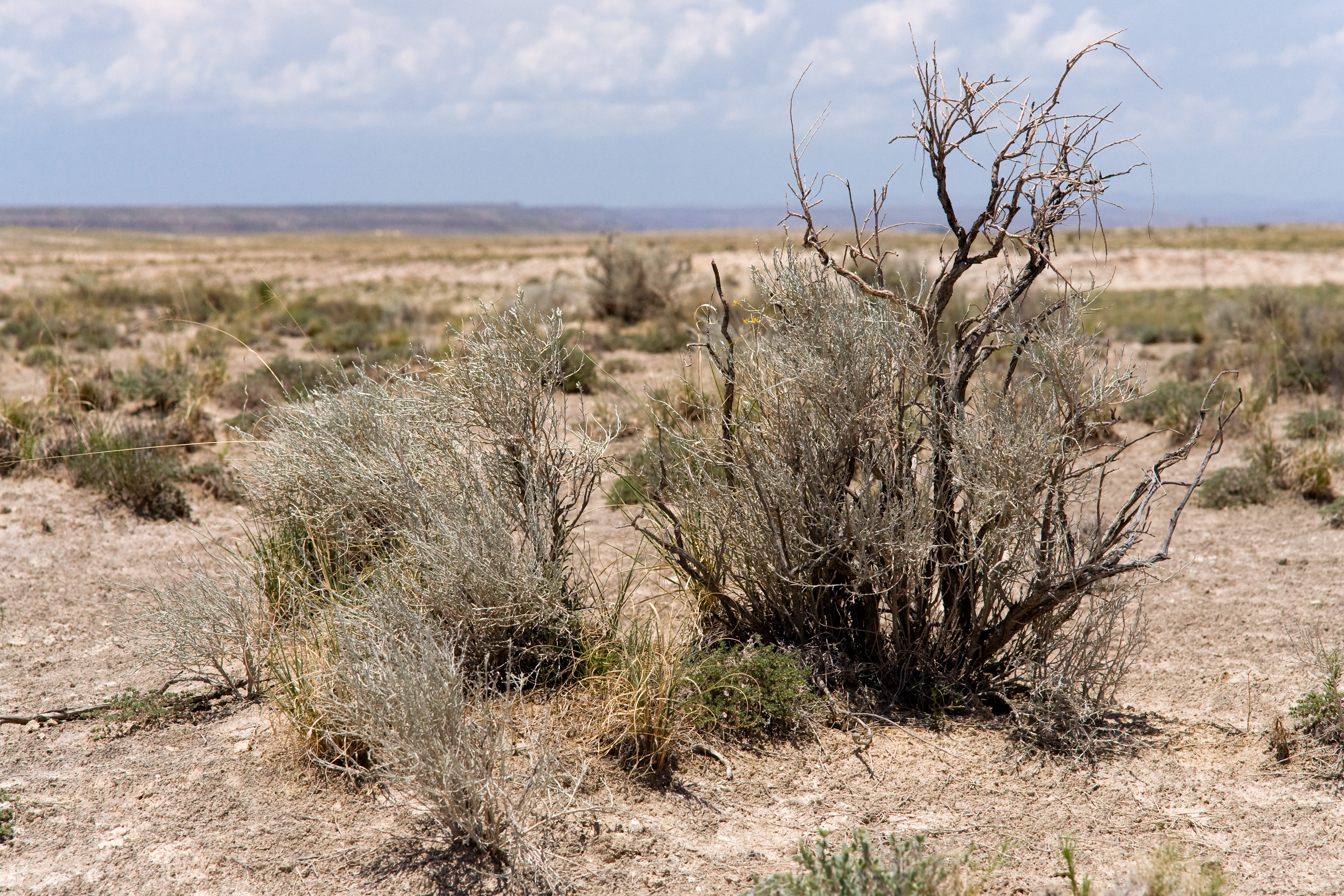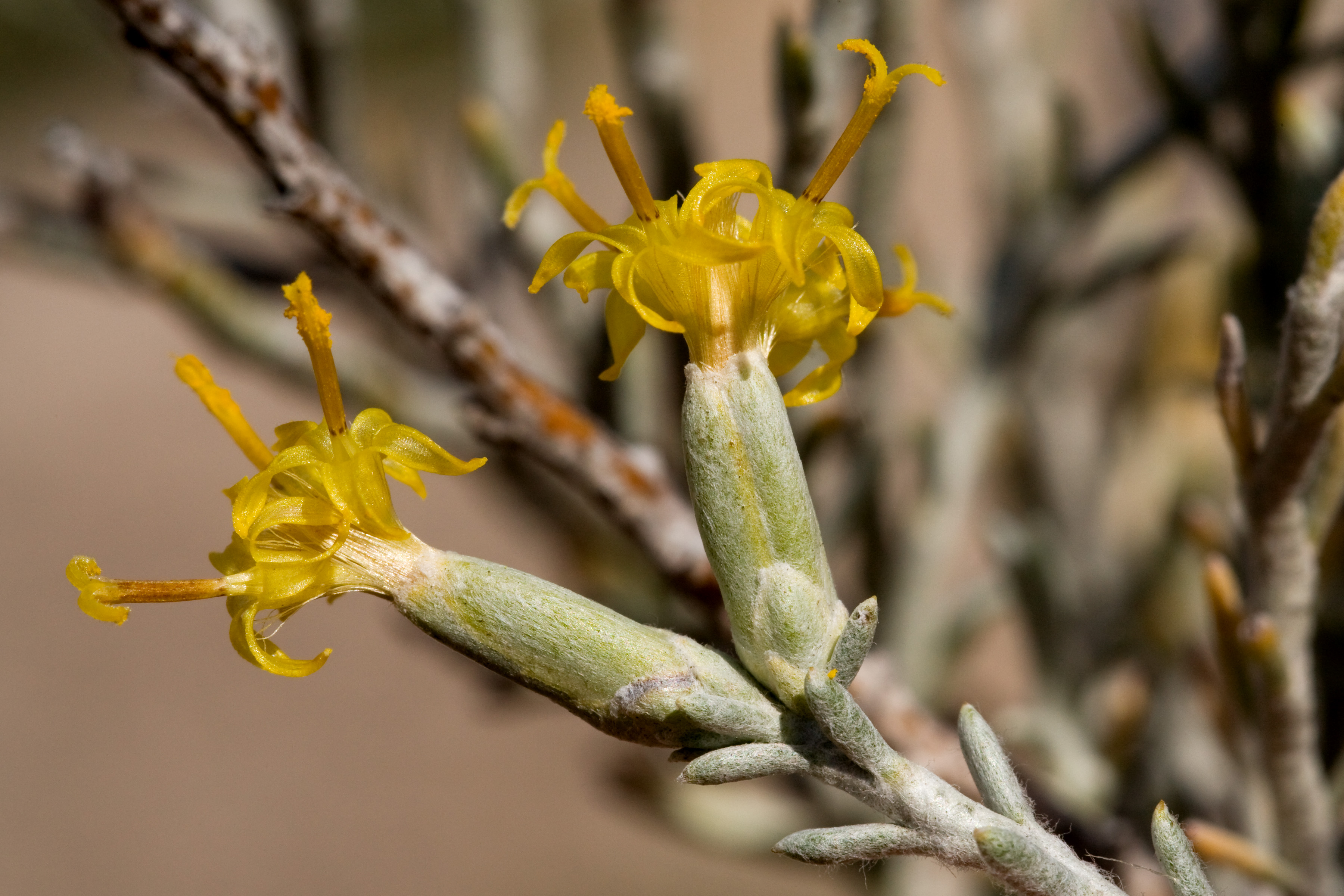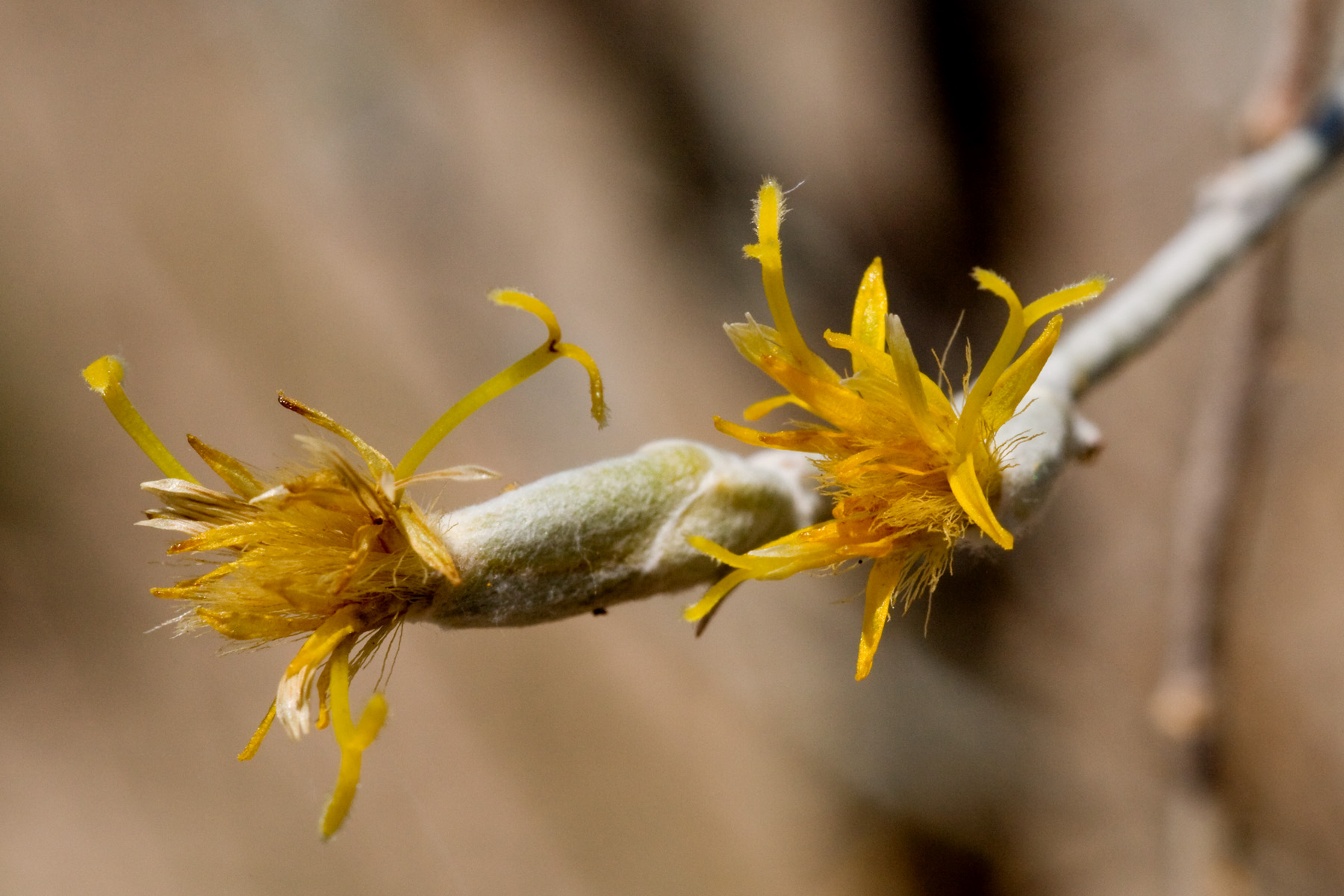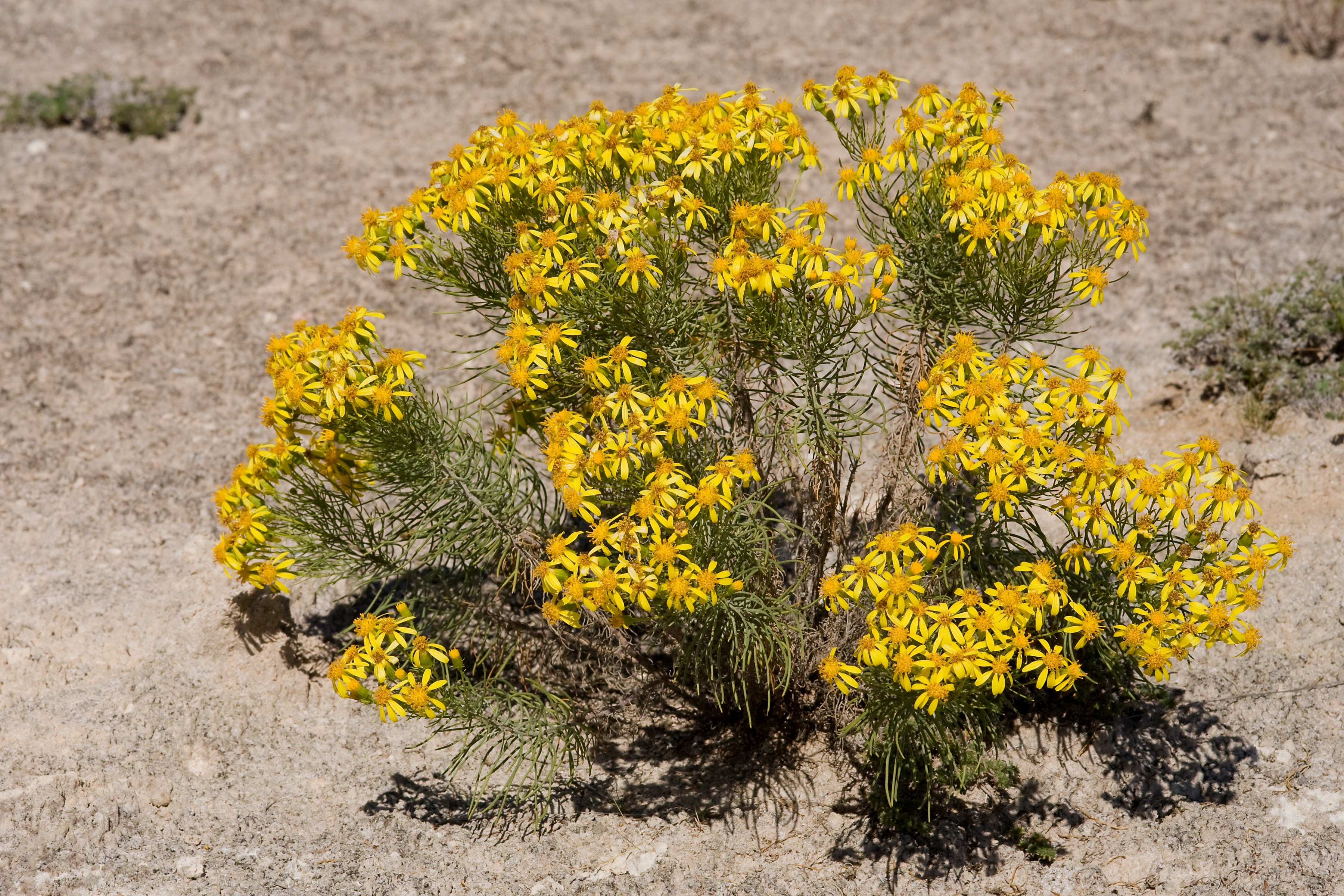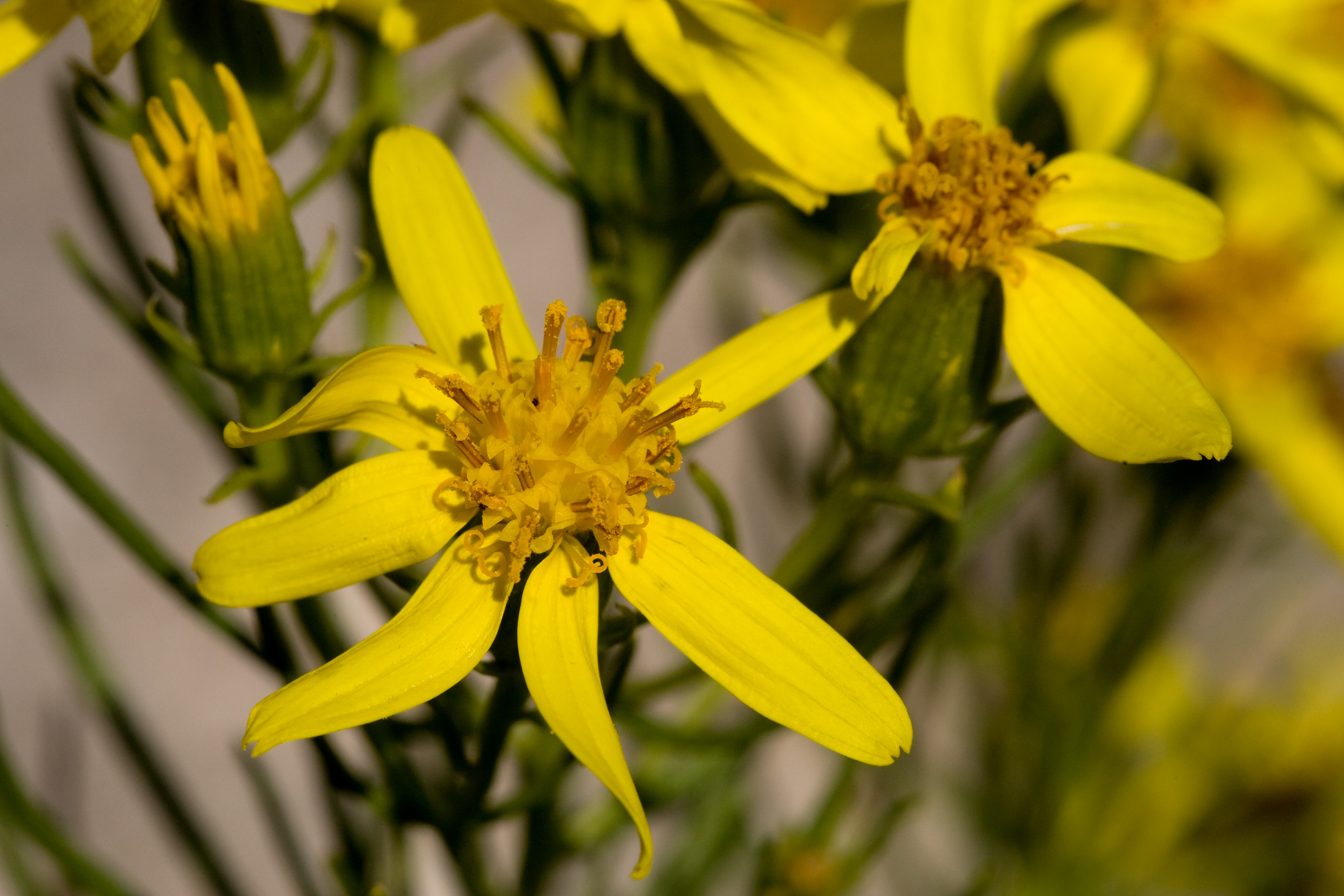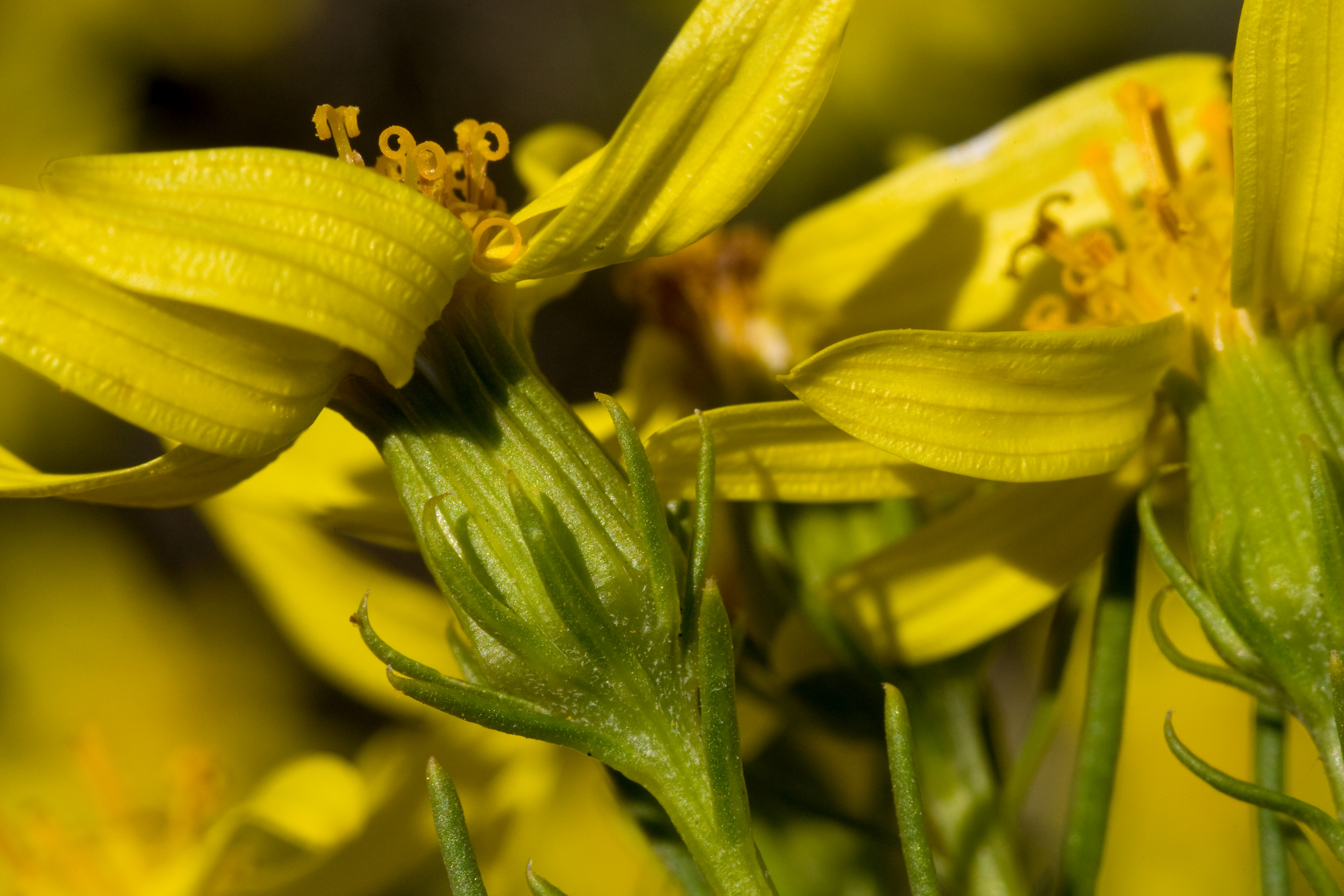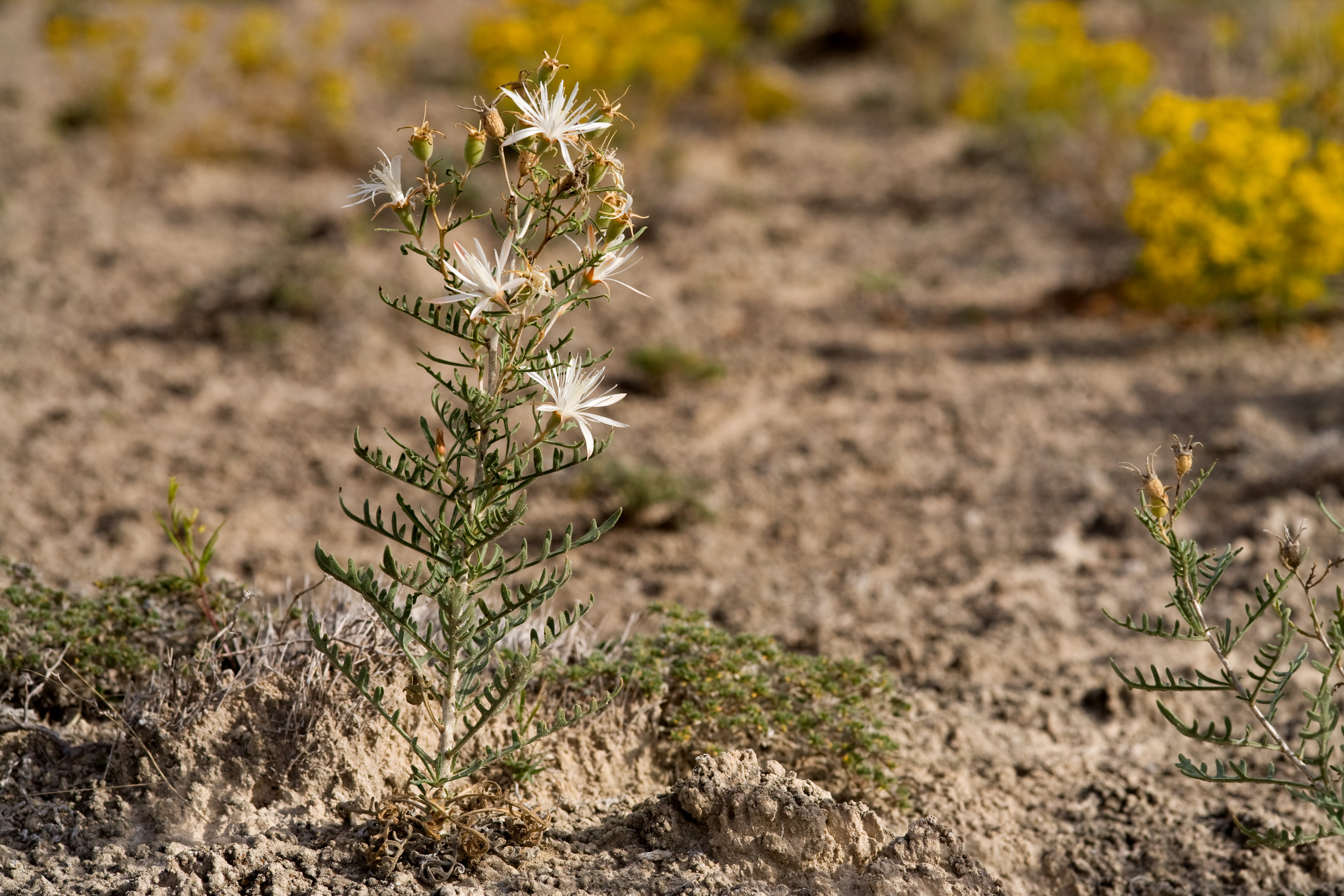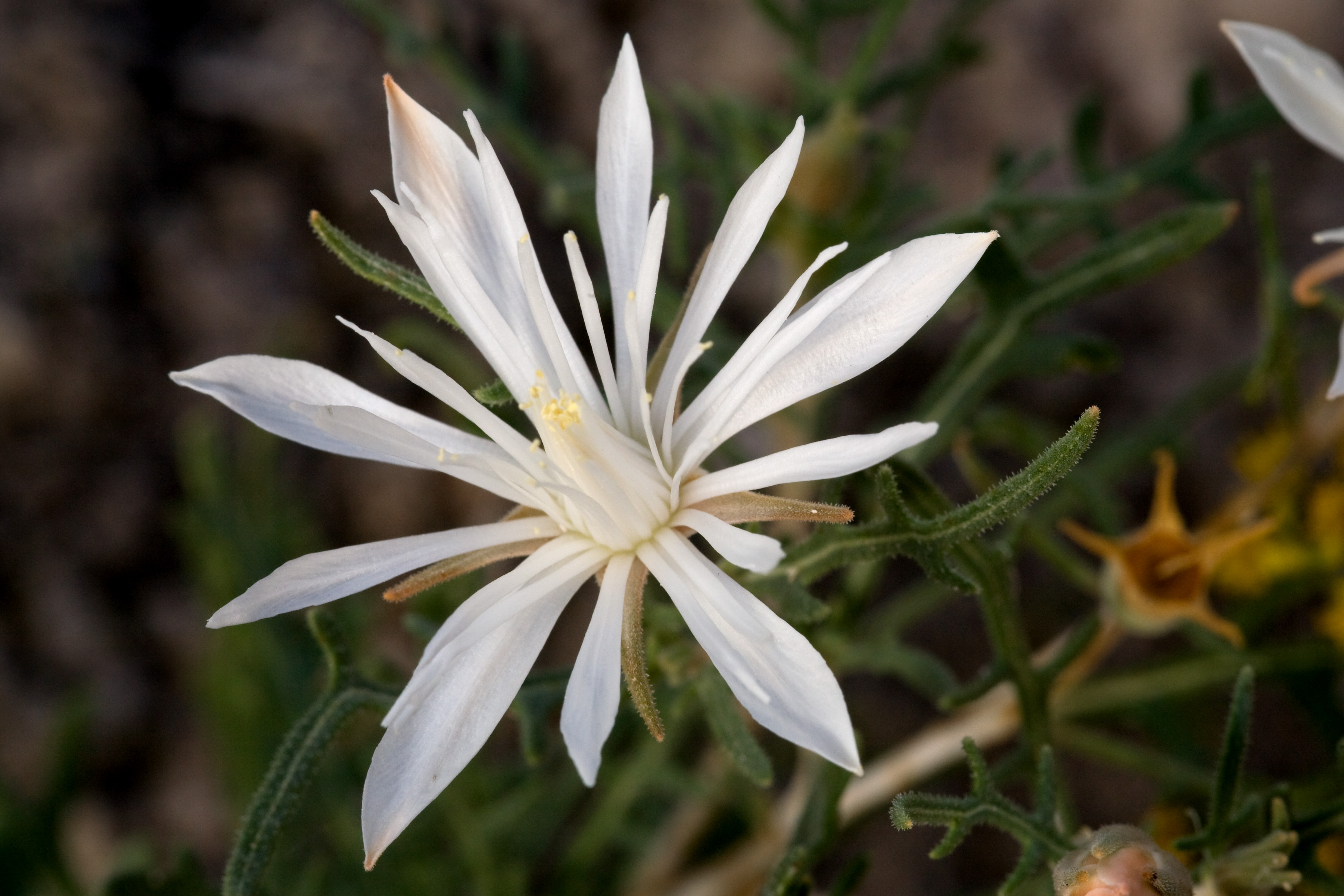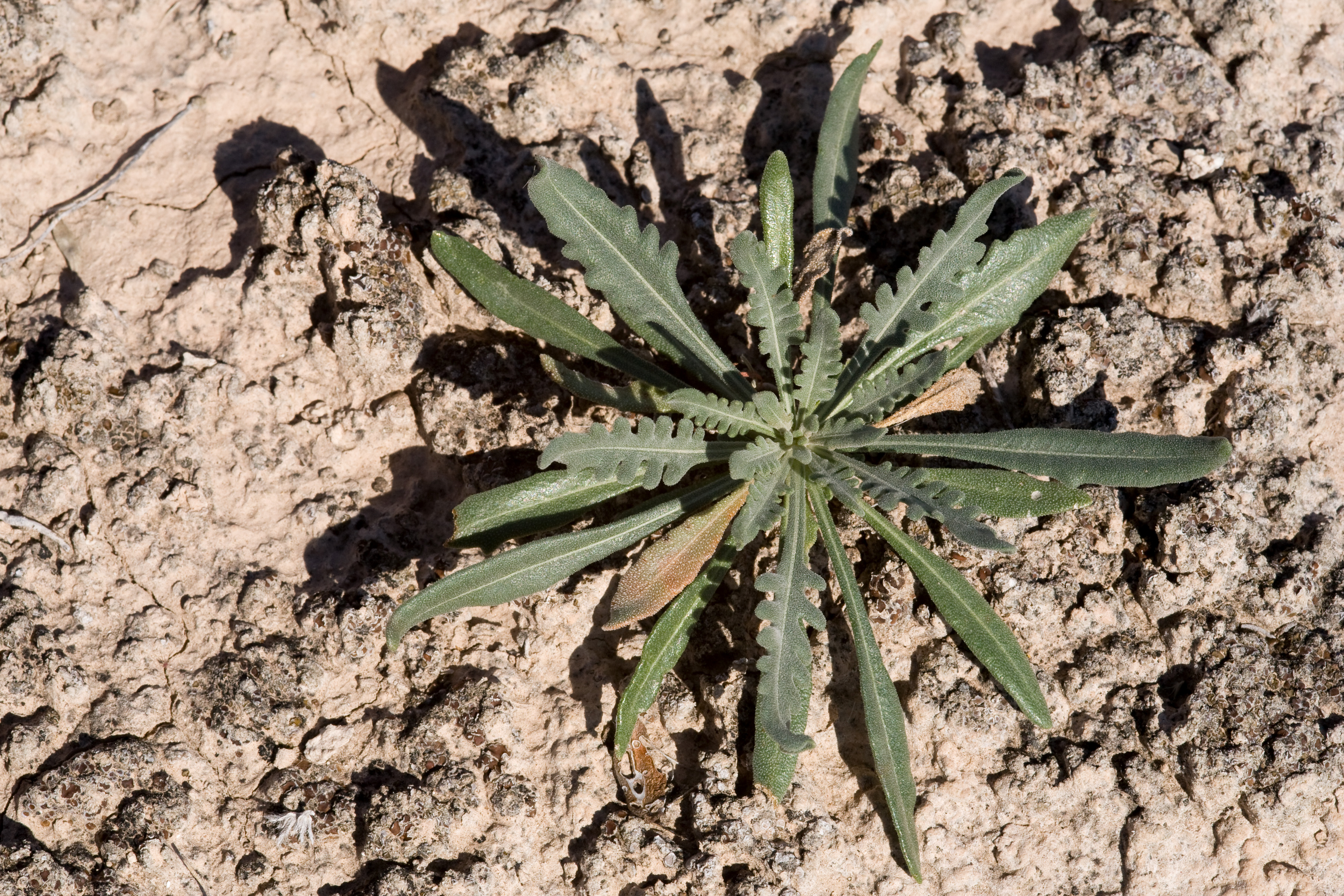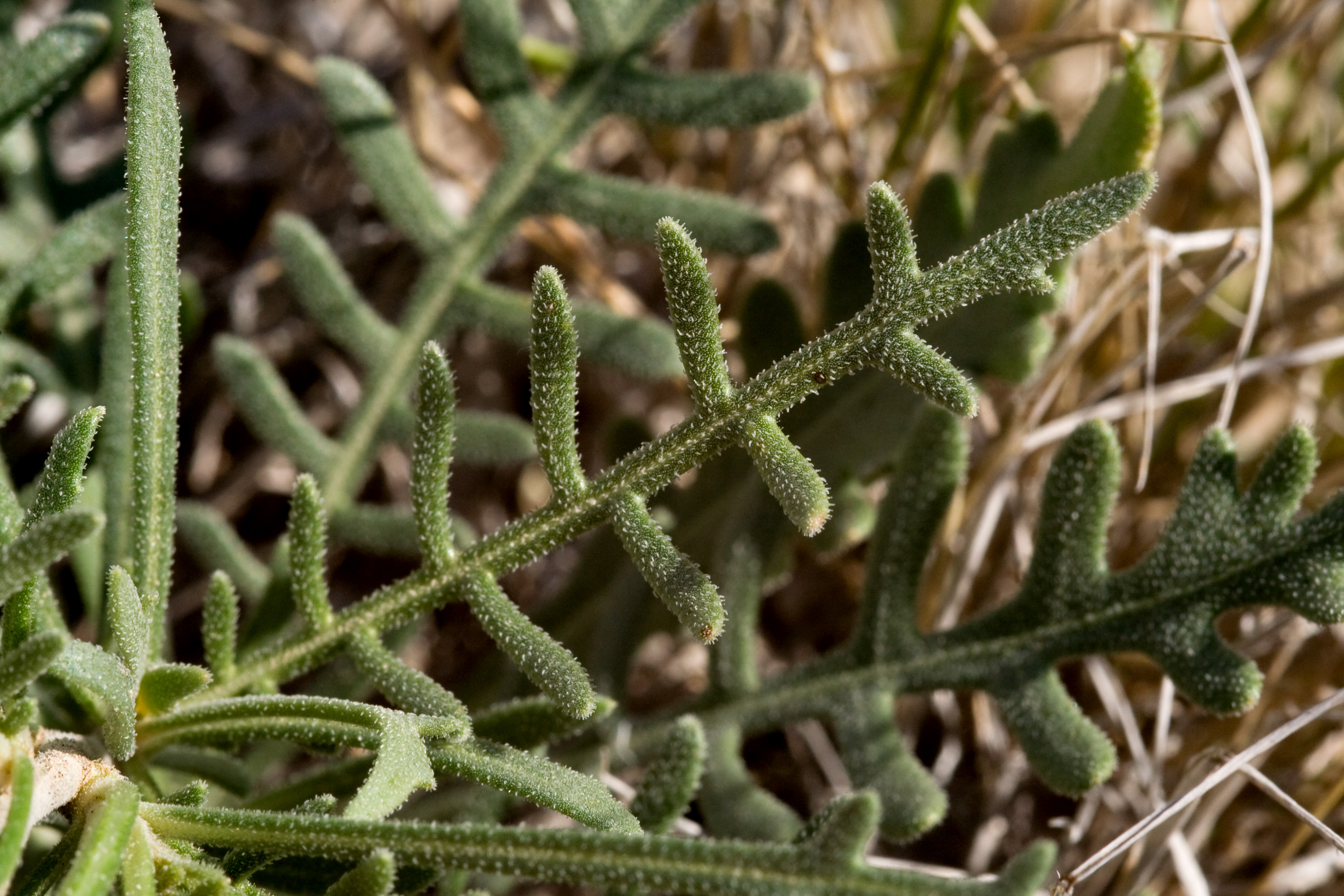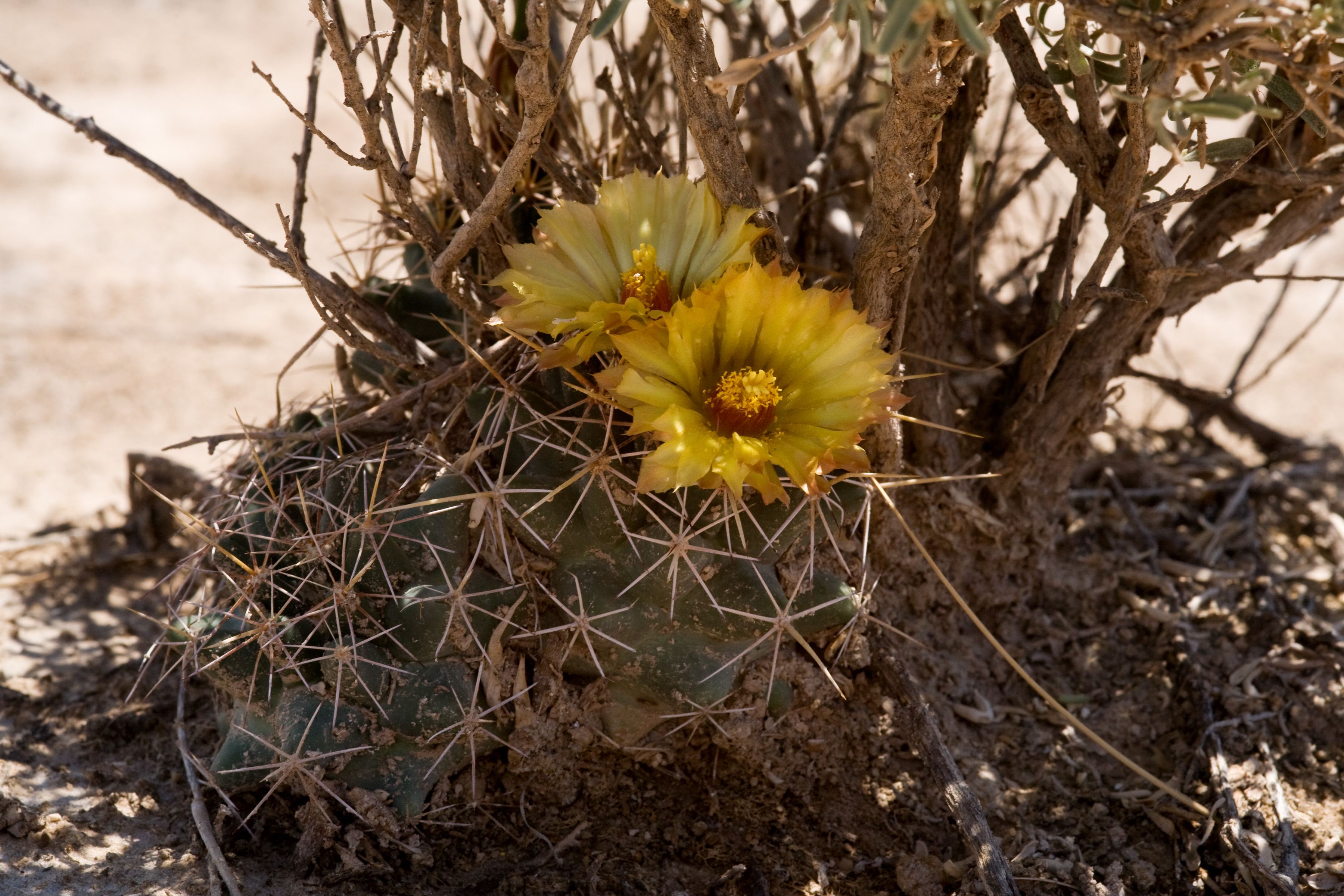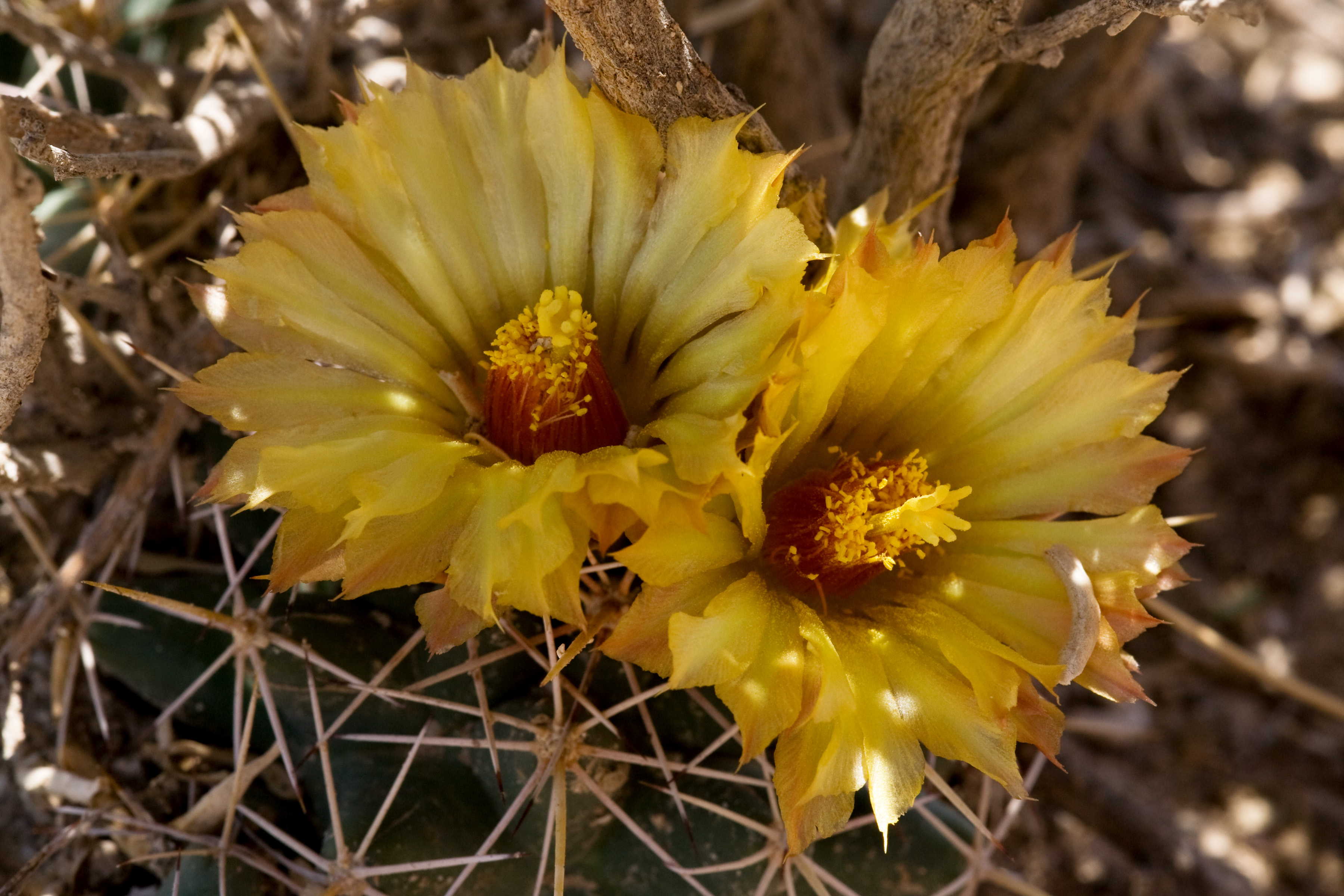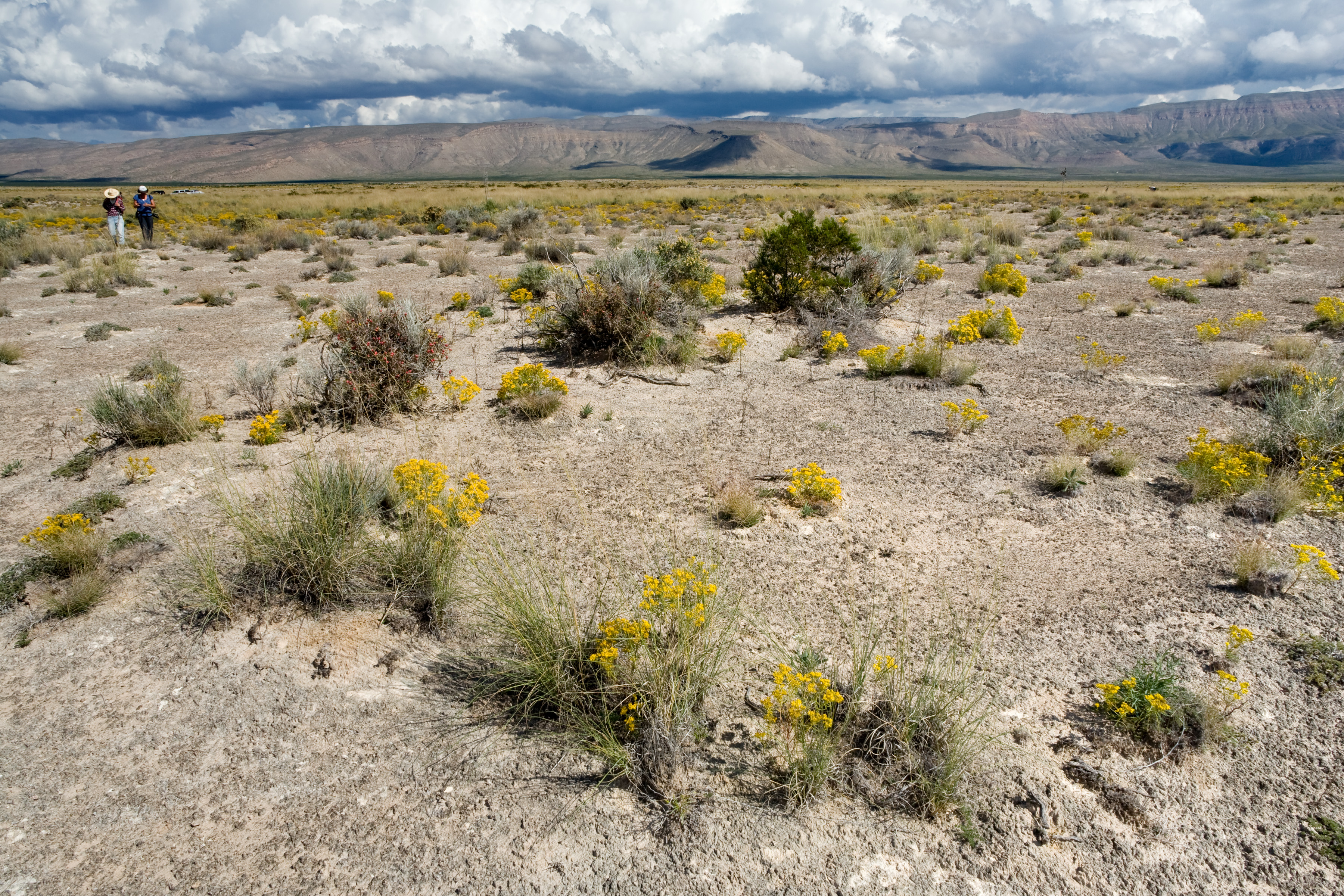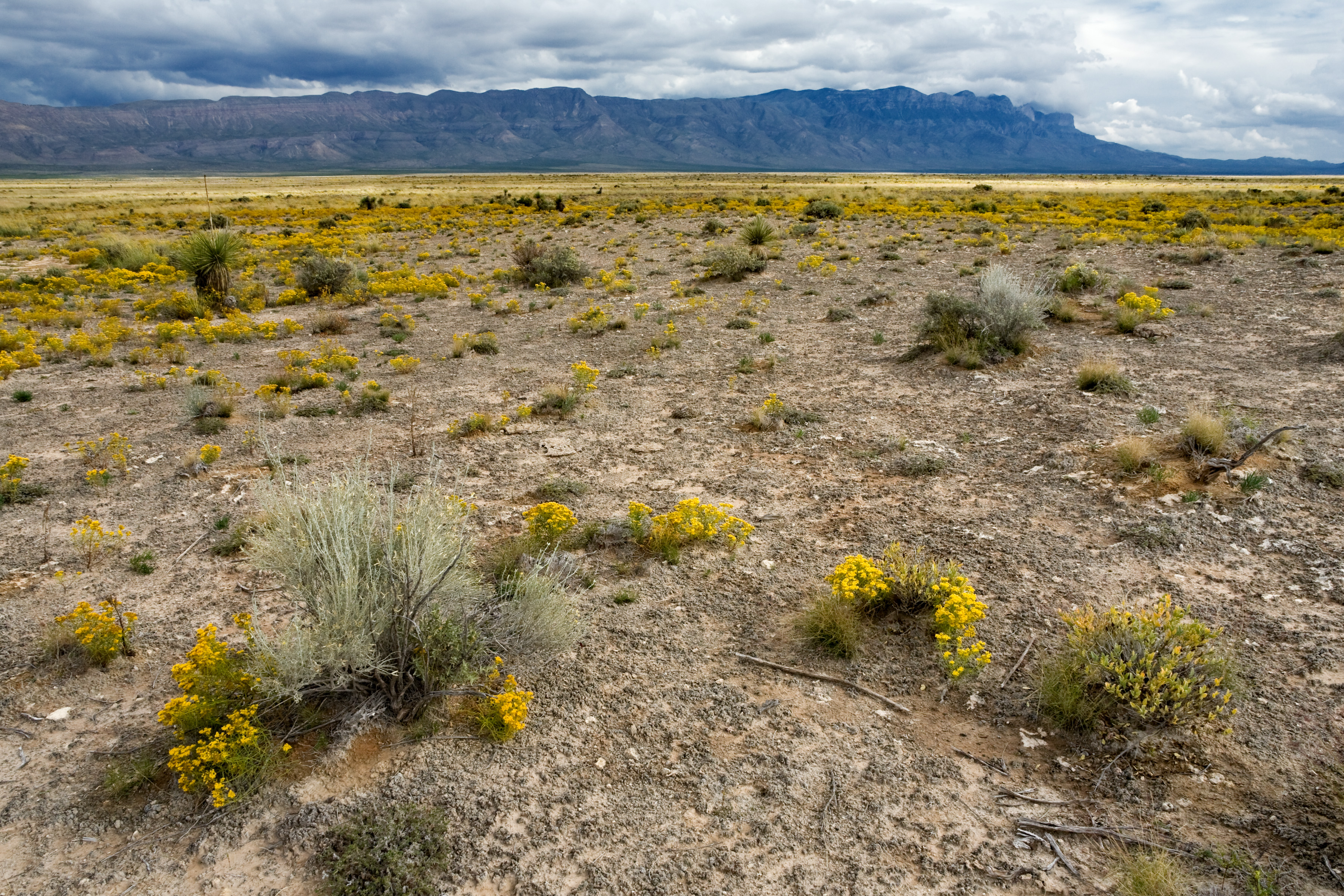Hey There Humble Readers,
Greetings again from a sunny week in Nevada! It’s been a while since I posted to this blog, and time here is continuing to roll by as summer has faded and autumn is just about in full swing. I do hear though that fall in Nevada doesn’t really exist. It’s more a quick transition from the hot summer months to the much cooler winter months in a matter of weeks (or as some have told me, what feels like days). Happy to be out here seeing and feeling different types of weather patterns and season, but in all honesty, I will very much miss the scent of fallen deciduous leaves crushing beneath my feet. It’s an experience one can only know by taking the long forest roads of New England. There’s nothing quite comparable to a turning red or sugar maple, American beech or the last blooms of our goldenrod and staghorn sumac fading and welcoming the soon to come winter snow. Then again, I’ve never made a pie from Nevada apples or ran a maze through Nevada corn. This too, might be something not to miss!

Seed collecting trip in the backyard of Yosemite!
Speaking of things not to miss, I recently (as in a couple months ago now) went up to Virginia City for the Annual International Camel and Ostrich Races. That was quite the site! Watching grown men try and jump on the back of an ostrich while it circles around a dirt track was not only entertaining, but also hysterical. The camels were a bit calmer, but the ostrich wanted nothing to do with a person on its back. I finished up the day of races with some homemade ice cream and fudge from “Grandma’s Shoppe”, and headed back down the sandy hills of Virginia City….successful (and culturally filled) day!

On another fun note, I’ve recently learned first hand that parts of Nevada and California are quite geologically active. Prior to coming out here, I made it a small mission of mine to find as many hot springs as possible. So with that in mind, I took a day trip to drive a bit south and check out some hidden tubs; this turned out to be one of the experiences I surely won’t forget about my time in Carson City. Relaxing in a pool of water at about 100 degrees overlooking an expanse of meadowland and mountains was actually incredible. The east coast may have beautiful Autumn colors, but we certainly don’t have much in the way of these awesome hot spots.

Hidden gem!
As for work goes out here, we have finished up all of our fire monitoring for the season, writing our summarizing reports on the data we collected, and are working on some other projects. Seed collecting has been a main focus for us these days, and along that vein, this week we are taking a trip south to the Mono Lake region for some major collections. Looking into collecting various chenopods including Krascheninnikovia lanata, a species we haven’t seen at this point. It’s going to be a very exciting week up in the mountains and valleys of the more southern Sierras. We are hoping to explore several mountain passes and make some collections along various elevation gradients. And best yet, it looks like we will be staying on a former BLM worker’s property who has natural hot springs on her land. Looking forward to some more hot spring rejuvenation!

A few of us on the team
In other news from Carson City, we are investigating doing a salt grass, Distichlis spicata conservation project. Once a cultural assessment has been completed by our office archeologists, we are hoping to transplant a portion of a healthy population of salt grass to an area inundated with the invasive tall white top. This will help establish new areas of native plants and in future years we hope to increase the diversity of the area with other natives, too. I am personally excited about this new project because it is an experiment in something that we have not really worked on before. Sort of a direct action at (hopefully) eradicating an invasive population and reestablishing a native population. Fingers crossed on that!
Well, it seems it is just about time to take off for our seed collecting journey down south, so I must end this post. Hope everyone is enjoying the approaching conclusion of this internship program. We have about another month here in Carson City, it’s going to be a good one.

Sunny wishes,
Andrew
Carson City BLM

 It was once a pre-historic sea, and then three-toed dinosaurs traversed the land, as evidenced in Clayton Lake State Park. We made a side trip to see the dinosaur tracks at the park. The town of Clayton (30 miles south of Turkey Canyon) is home to the New Mexico’s only lynching in the Clayton’s history (for good reason), which was a debacle apparently. I won’t go into detail, but I recommend reading about it. Let’s just say, that the waitress from our lunch in town told us to never rob a train in Clayton.
It was once a pre-historic sea, and then three-toed dinosaurs traversed the land, as evidenced in Clayton Lake State Park. We made a side trip to see the dinosaur tracks at the park. The town of Clayton (30 miles south of Turkey Canyon) is home to the New Mexico’s only lynching in the Clayton’s history (for good reason), which was a debacle apparently. I won’t go into detail, but I recommend reading about it. Let’s just say, that the waitress from our lunch in town told us to never rob a train in Clayton.











